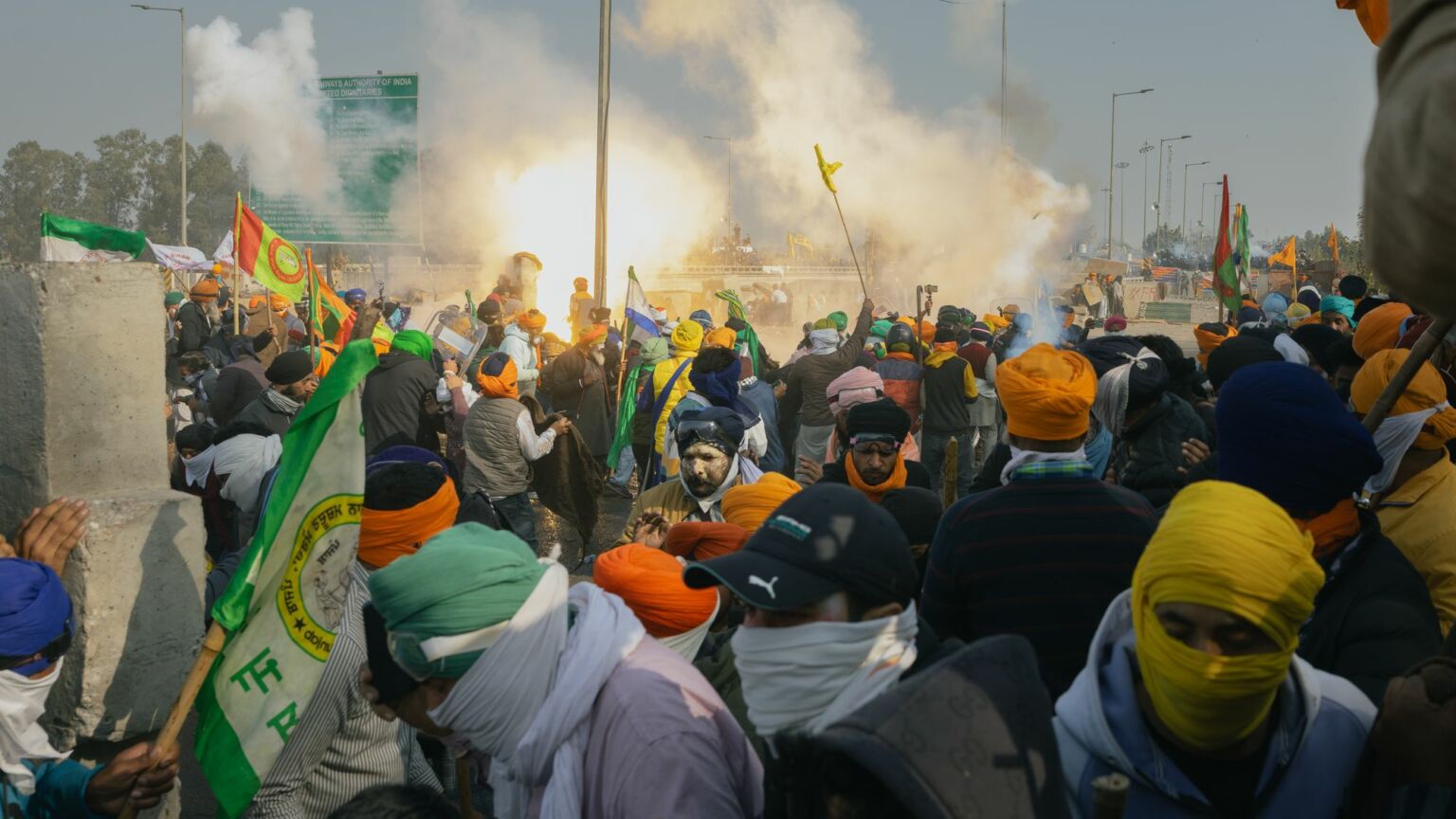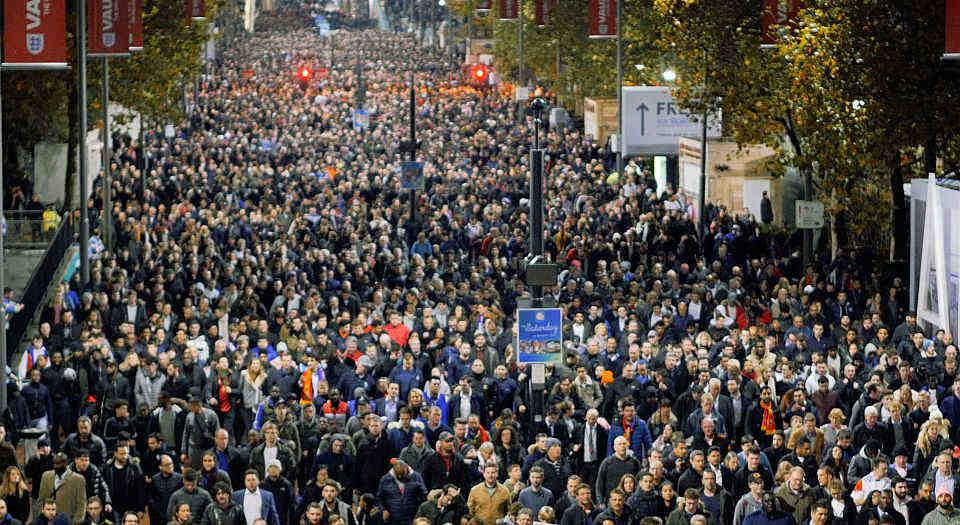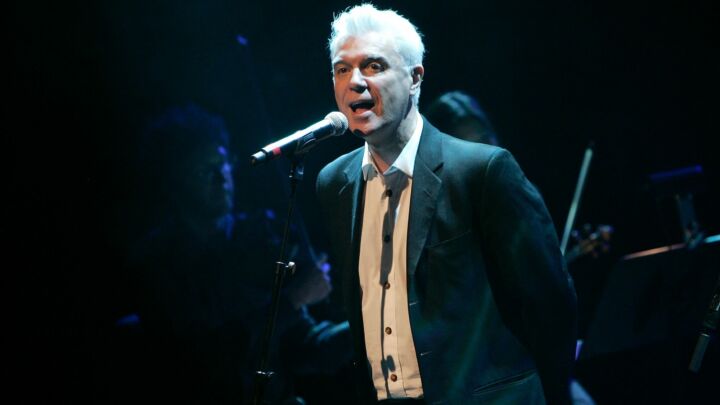India’s farmers rise again
Protesters are defying a brutal state crackdown to defend their livelihoods.

Want unlimited, ad-free access? Become a spiked supporter.
The Indian farmers’ protests made international headlines back in 2020 and 2021. These were sparked by prime minister Narendra Modi’s attempt to scrap the minimum support price (MSP) – that is, the government-guaranteed minimum price for crops. The farmers feared that these reforms would ruin them. And so they braved a brutal, authoritarian crackdown – 700 farmers were estimated to have lost their lives during the protests – and forced Modi into a u-turn.
Now the farmers are rising up again. So far, the protests have been limited to the Punjab region. But there is a strong chance they could spread nationwide. Modi is widely seen to have betrayed the promises he made during the last wave of unrest.
There’s no doubting the anger behind the protests. For a fortnight now, thousands of farmers have gathered at the borders of India’s capital, New Delhi, to demand higher prices for their crops.
Just as they did three years ago during the last round of protests, the authorities have responded with brutal force. Security forces at the Shambhu and Khanauri borders, which separate the states of Punjab and Haryana, have been using teargas, water cannons and, allegedly, pellet guns on protesting farmers. There have already been reports of deaths and injuries. The Shambhu border, in particular, has been described as a ‘warzone’.
Predictably, pro-Modi media outlets are trying to smear the farmers’ movement. Some have even suggested that Sikh separatists are nestling in among it. They claim the Khalistan movement is exploiting the farmers’ protests to pursue its own objectives. Meanwhile, prominent journalists covering the protests have been censored.
The police in New Delhi have banned all public marches, key entry points into the city have been shut off, and border entry points barricaded. The authorities have also outlawed gatherings of more than four people at three Delhi borders and in 15 districts in the state of Haryana. Aakar Patel, chair of Amnesty International India, accused the Indian government of ‘going to great lengths to quash the farmers’ peaceful protests in the country’.
The Indian farmers have once again shown tremendous resolve and resilience. Despite enduring another brutal crackdown, they remain defiant.
For now at least, farmers have won some breathing space. The Indian government has made an offer to resume negotiations with farmers’ unions and the authorities have eased the crackdown. In return, the farmers have agreed to pause the protests until tomorrow – which is when the protests’ leaders will decide on any future agitation.
Whatever happens, it’s clear the farmers are engaged in a long-term struggle for justice. But this time there is an added factor. A General Election looms in little over a month’s time. Can Modi really risk alienating huge swathes of the nation ahead of such an important vote?
With so many livelihoods across India dependent on agriculture, Modi is taking on the farmers at his own peril.
Hardeep Singh is a writer based in London. Follow him on Twitter: @singhtwo2
Picture by: Getty.
You’ve read 3 free articles this month.
Support spiked and get unlimited access.
Help us hit our 1% target
spiked is funded by readers like you. It’s your generosity that keeps us fearless and independent.
Only 0.1% of our regular readers currently support spiked. If just 1% gave, we could grow our team – and step up the fight for free speech and democracy right when it matters most.
Join today from £5/month (£50/year) and get unlimited, ad-free access, bonus content, exclusive events and more – all while helping to keep spiked saying the unsayable.
Monthly support makes the biggest difference. Thank you.






Comments
Want to join the conversation?
Only spiked supporters and patrons, who donate regularly to us, can comment on our articles.